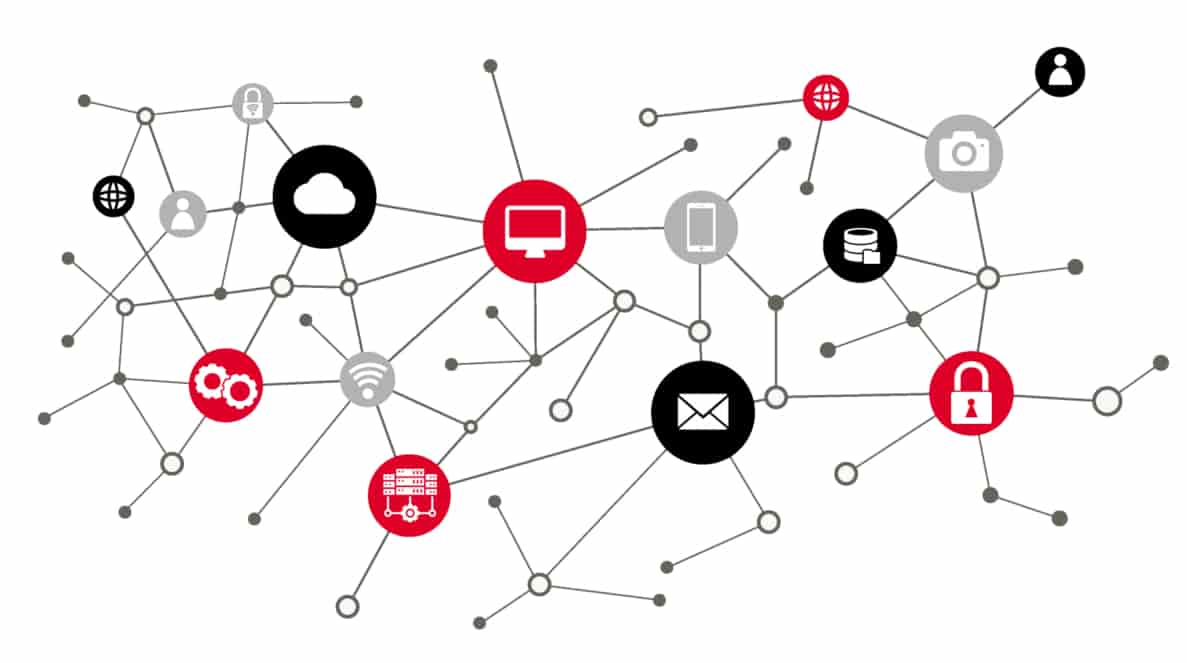The more things change, the more we face the same old challenges. Years ago, when Enterprise Content Management (ECM) was a new and exciting frontier, content was stored everywhere. There was “content everywhere”—content was stored on desktops, shared drives, networked drives, e-mail systems, and capture systems. These diverse storage systems are a significant cause of much of the chaos that agencies face today. Finding relevant information across these diverse sources was a challenge, and collaborating on documents was difficult. When it came to records management or analytics, you could forget it—neither was a viable option. There were many reasons to attempt to move, store, and manage all content in one centralized location, and agencies bought into this vision. After all, research demonstrated that 70–80% of all information was unstructured content, and that gaining control of this data could unlock significant benefits.
Many government agencies began to establish a standard, centralized ECM solution. This seemed so simple—build it, and they will come. For some, this methodology worked. Some agencies were able to keep much of their unstructured content in a single place. Imaging and Capture used the same repository as Document Management and Workflow. A single unstructured content source was a dream come true for many agency leaders. Electronic Records Management (ERM) became a reality as regulations for the retention and disposition of electronic content were put in place. Despite this movement towards modernized content management, there were still outliers—some within departments of the very agencies that lagged behind. To these departments, the notion that someone else was in control of their data was unthinkable. When complex applications proved too difficult to integrate, budget challenges presented hurdles, internal politics got in the way, and technology adoption was slow, leaders grew hesitant. One of The Top Three Digital Transformation Misconceptions, “if it ain’t broke, don’t fix it,” is an excellent example of a mindset that often holds agencies back. The reasons to refuse to play nice with others seemed to outweigh the benefits of modernization.
Fast forward to the present. Now, all these reasons to establish a well-oiled ECM strategy still exist, and yet there is still “content everywhere.” Yet now, instead of desktops and shared drives, we’re dealing with various document management systems, CRM solutions, cloud applications, and mobile devices. It seems as though while we have upgraded our technology, we still lack much-needed control over our content. To take full advantage of advanced technologies such as AI, Cloud, and RPA, agencies need to gain control of their content.
Incredible enhancements have been made to turn “content everywhere” into “content wherever.” We now have the ability to access, upload, view, edit, approve, and share any content anywhere and anytime. To fully harness the power of digitization in a shifting digital age, the government needs to access and collaborate on files anywhere and anytime—regardless of where content is managed and located. Imagine sitting in your CRM application and gaining immediate access to constituent information that resides in various external apps and content repositories. Consider being able to include content in an automated process regardless of where the content originated. The ability to use AI tools to pull valuable information and to harness the knowledge from “content everywhere” is a reality. Today, leaders can enhance existing applications such as CRM software, ECM solutions, and niche applications with content service solutions. This is a sound strategy to support the growing importance of relationships and connectivity with government agencies, and to gain control of content. With the proper tools, agencies can now realize more value than they ever thought possible, and can innovate faster to bring new potential to mission-critical programs.

